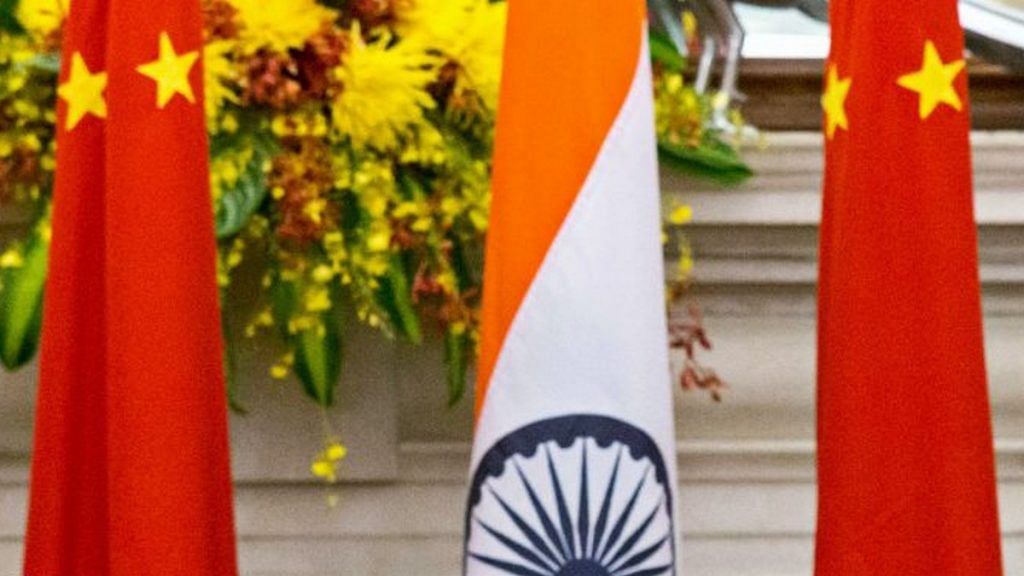New Delhi: China’s People’s Liberation Army contacted Indian forces on 28 August through the local hotline at Chushul, and both sides talked about refraining from any escalatory action and to avoid night patrolling. But later that night, the PLA moved in over 1,000 troops to capture Indian territory on the southern bank of Pangong Tso, government sources told ThePrint.
Indian soldiers thwarted the move, outflanking the PLA and capturing heights up to India’s perception of the Line of Actual Control (LAC).
Government sources also confirmed a 2 September report by ThePrint, which said the Indian Army had climbed up the ridgeline near Finger 4 on the northern bank of the lake, is dominating positions and is face to face with Chinese soldiers, albeit at a distance.
They also said it is difficult to predict the trajectory of the face-off.
Also read: Provocative Chinese troops fired warning shots at Pangong, not us, Indian Army says
Hotline conversation
Giving details of the hotline conversation on 28 August, government sources said the Chinese had contacted the Indian side during the day.
“The Indian and Chinese commanders spoke about not taking any escalatory steps. The Chinese also mentioned that night patrolling should not be done. The moment the Chinese mentioned this, our ears went up, because Chinese words and actions don’t match,” a government source said.
As reported by ThePrint, at about 11 pm on 28 August, an Indian surveillance team first noticed the movement of some Chinese armoured personnel carriers (APCs) in Moldo.
This was followed by drone surveillance, and the PLA troops’ movement indicated they were going towards the LAC, and to a specific feature.
Indian troops specialising in mountain warfare raced against time and managed to outflank the Chinese and dominate several heights, giving India strategic hold over the Reqin Pass and Spanggur Gap in the hills in the Chushul sector.
India now at dominant positions
Government sources said following the events of 28 and 29 August and a redeployment of troops, India now has dominating positions along the southern bank of Pangong Tso, and has also beefed up its presence on the northern bank as well as in the overall Chushul sector.
“The Army is in adequate numbers at significant positions. Any attempts by the Chinese to move in will be countered strongly,” the source cited above said.
Speaking about China bringing in heavy artillery and even armoured columns, sources said India too has deployed a lot of equipment and soldiers.
Asked about the prospects of war, sources said the forces are on high alert and a small face-off, as has been happening over the last one week, could keep happening.
“Things do build up to a full-blown conflict but so far there have been only pinpricks. The Chinese deployment right now is non-tactical,” a source said.
Also read: This is what led China to open fire in Ladakh on Monday for the first time in 45 years
